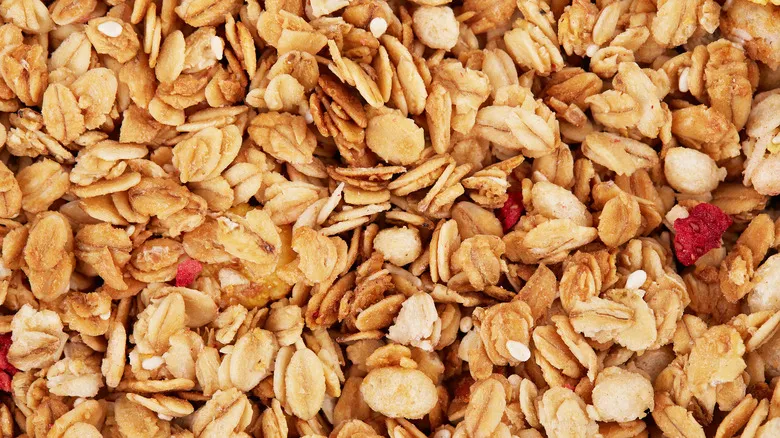What's the story with muesli?
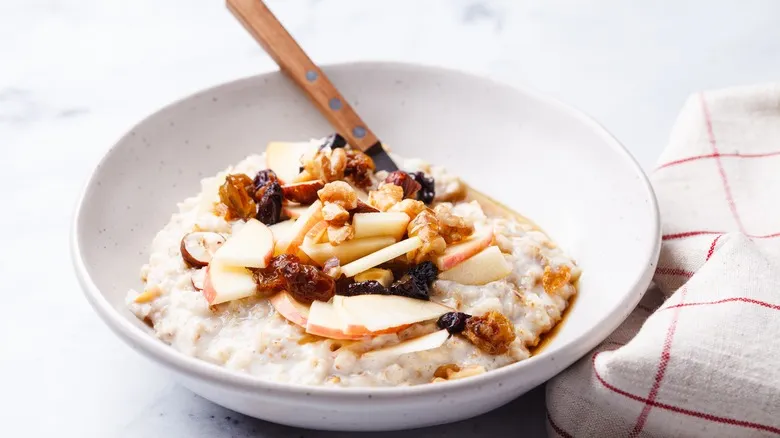
Muesli traces its roots back to Europe, particularly to a Swiss sanatorium in the early 20th century. There, a doctor and nutritionist believed in the healing power of raw foods. Dr. Maximilian Oskar Bircher-Benner incorporated muesli into his treatment plan for patients, which also included daily walks, gardening, and fresh air. His original dish, known as Birchermüsli, combined raw apples with ingredients that are now common in modern recipes, such as oats and nuts. Although the recipe for muesli has evolved, the hallmark of this dish remains its uncooked preparation method.
Today’s muesli recipes can include a variety of ingredients, many of which are also found in granola. However, the final product resembles overnight oats or traditional breakfast cereals more closely. Once you mix a batch (which can be stored in an airtight container for about a month), preparing muesli is straightforward: simply add milk (or a non-dairy alternative) and let it sit in the refrigerator overnight to soften and blend. Alternatively, you can enjoy muesli like regular cereal with a splash of milk for a healthy, low-sugar breakfast, or layer it into a yogurt parfait.
While muesli is typically uncooked, you can enhance some of the ingredients, such as nuts and grains, by toasting them. This process brings out richer flavors and aromas, adding depth and a comforting quality to your bowl, without reaching the level of cooking required for granola.
What's the story with granola?
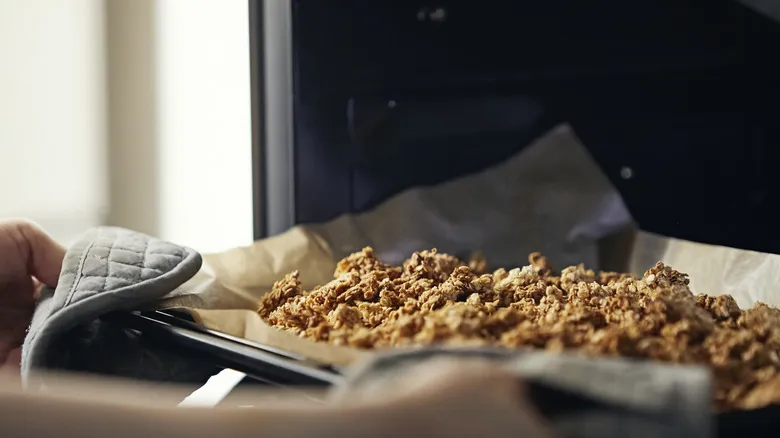
While many classic dishes have European roots, granola is uniquely American and actually predates muesli, emerging in the late 19th century. The origins of both are quite similar, with New York physician James Caleb Jackson credited for granola's creation—he also ran a treatment facility. Instead of focusing on raw foods, Jackson emphasized what he termed "pure foods," and his original cereal was made from graham crackers and was twice-baked. It may sound delicious, but this recipe didn't become a sensation and required soaking in milk to be enjoyable. It wasn't until the 1960s that a modernized version of granola became popular as a healthier alternative to overly sweet cereals.
A key difference between granola and muesli, whether homemade or store-bought, is that granola recipes typically include a sweetener like honey, sugar, or maple syrup, along with oil to help bind the ingredients together. Additionally, granola is baked, resulting in those characteristic crunchy clusters.
There are numerous commercial granola (we’ve ranked them!) and muesli options available. Although Ina Garten opts for store-bought granola instead of making it herself, both of these traditional breakfast choices are easy to prepare at home, ensuring a delicious bowl of goodness any time of day.
Recommended
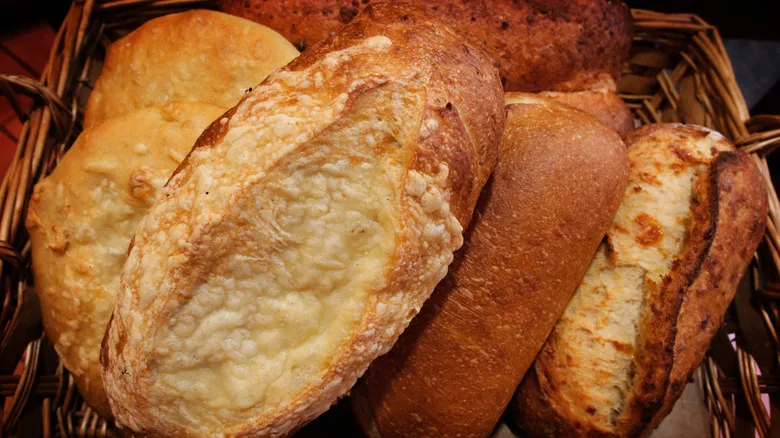
Does Panera Make Its Bread Fresh?
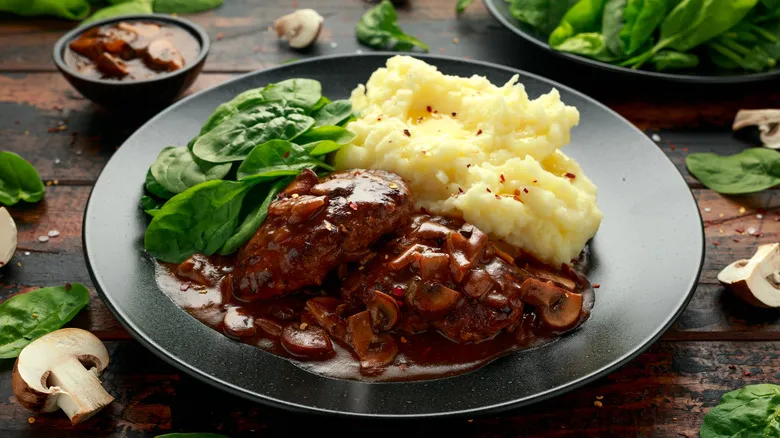
What Makes Salisbury Steak Different From A Bun-Less Hamburger?

The Magical Origin Story Of Dole Whip
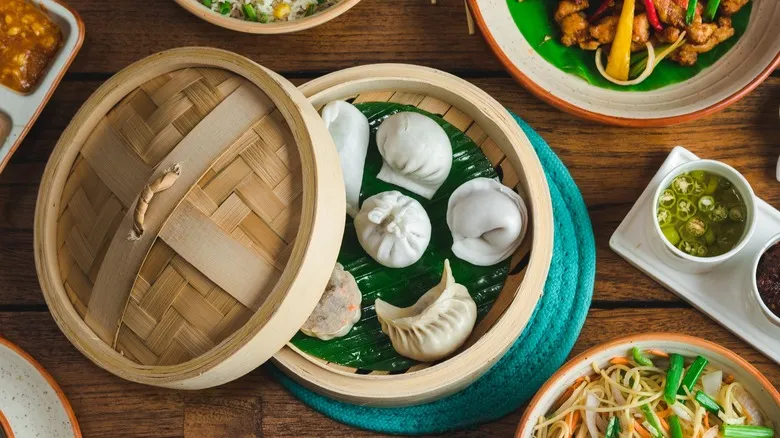
What Separates Soup Dumplings From Wontons?
Next up

